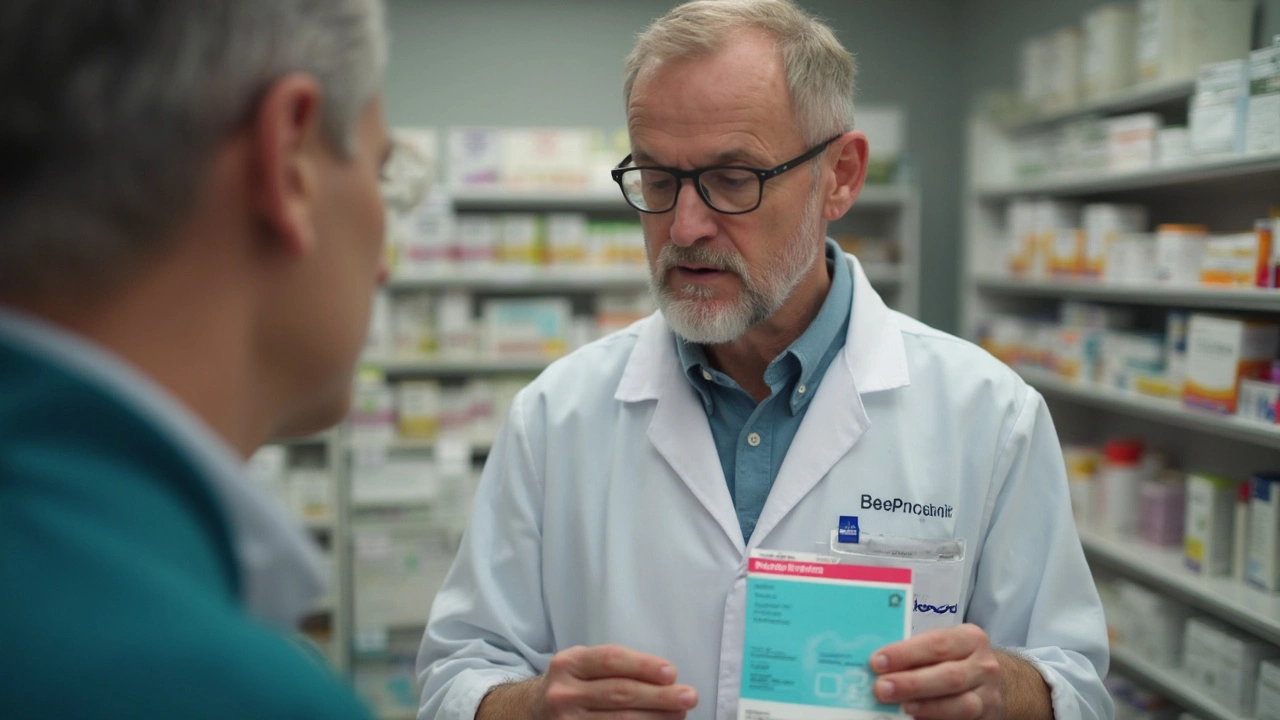Medication Safety: Practical Tips for Safe Use (2025)
Taking medicines can be a lifesaver, but it can also cause problems if you’re not careful. Below are easy‑to‑follow steps that help you stay on the safe side, whether you’re filling a repeat prescription or buying a product online.
Check Dosage and Interactions
First thing – always double‑check the dose. The label might say “1 tablet daily,” but your doctor could have told you to take half that amount. If you’re unsure, call the pharmacy and ask. Mistakes happen when people assume the label matches the prescription.
Next, think about other meds you’re on. Even over‑the‑counter pills or supplements can clash with prescription drugs. A common example is antihistamines like Zyrtec mixing with certain blood pressure meds, which can cause dizziness. Write down every product you use and show the list to your pharmacist.
Side effects are another red flag. Most drug leaflets list the most common reactions – nausea, headache, dry mouth – but rare issues can be serious. If you notice a new rash, unexplained swelling, or trouble breathing, stop the medication and get medical help right away. Keep a small notebook or a notes app to record when symptoms start and how long they last.
When you start a new prescription, ask the pharmacist for a quick rundown: How should I take it (with food, empty stomach)? What should I avoid (alcohol, certain foods)? How long will it take to feel better? The more specific the answers, the fewer surprises later.
Buying Medicines Online Safely
Online pharmacies are convenient, but they can be risky if you don’t know what to look for. Always check that the site is registered with the UK’s General Pharmaceutical Council (GPhC). A quick search for the pharmacy name plus “GPhC” will tell you if it’s legit.
Never buy a medication that asks for payment before you’ve shown a valid prescription. If a site promises cheap drugs without a prescription, it’s a red flag. Scammers often use low prices to lure people into buying fake or expired products.
Look for clear contact details – a phone number, email, and physical address. Real pharmacies will provide a way to speak to a qualified pharmacist. If you can’t find any of that, walk away.
When you receive the package, check the packaging carefully. Legit drugs come in sealed containers with a lot number, expiry date, and clear labeling. If the pills look off‑color, crumbly, or the label is misspelled, contact the pharmacy and consider returning the product.
Lastly, keep a digital record of every online purchase: the website, order number, and date. This makes it easier to report problems to the Medicines and Healthcare products Regulatory Agency (MHRA) if something goes wrong.
Putting these steps into practice will keep you in control of your medication and protect you from avoidable harm. Remember, safety starts with asking questions, double‑checking information, and only using trusted sources. If ever in doubt, call your doctor or pharmacist – they’re there to help you stay healthy and safe.

